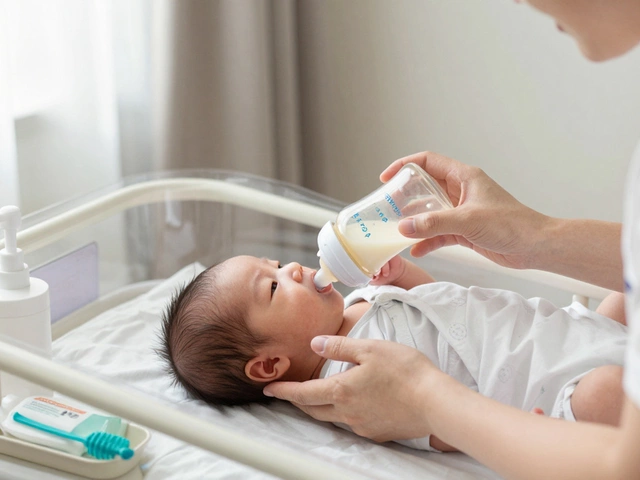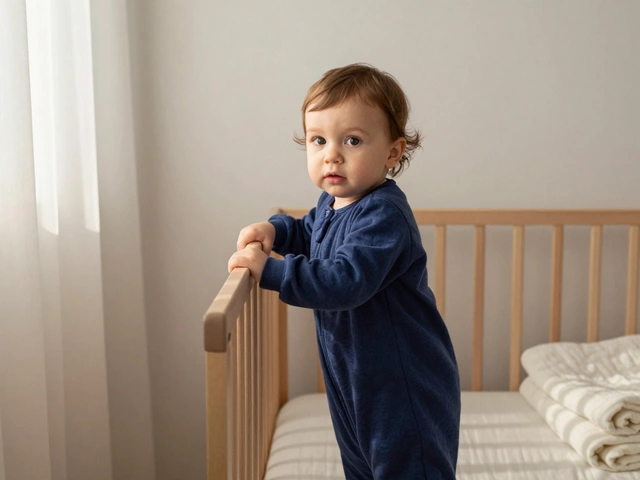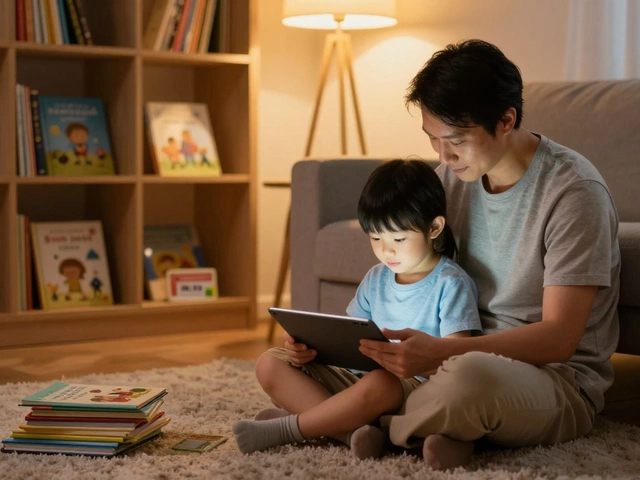Montessori Principles: Nurturing Independence and Real‑World Skills
When working with Montessori principles, a child‑centered educational approach that values freedom within limits, hands‑on learning and respect for each child's pace. Also known as Montessori method, it guides the design of spaces, activities and materials that promote autonomy and deep focus. These ideas shape everything from classroom layout to the way parents handle everyday routines.
Prepared environment, a carefully arranged space that offers child‑sized furniture, accessible tools and orderly shelves is the physical heart of the method. It Montessori principles require that each item be reachable so kids can choose activities on their own. When the environment is tidy and inviting, children develop confidence and learn to manage their own learning. This setup naturally leads to child‑led learning, the process where kids pick tasks that interest them, work at their own speed, and solve problems without adult interruption. The link between a prepared space and child‑led learning creates a feedback loop: freedom encourages focus, and focus reinforces the desire for independence.
Key Elements That Make Montessori Work at Home
Independence is more than a buzzword; it’s an outcome that the method actively cultivates. Independence, the ability to do tasks without constant adult help, builds self‑esteem and real‑world competence. Simple actions like pouring water, buttoning a coat, or arranging books become learning moments when kids are trusted to try first. Research shows that children who practice independence early are better at problem‑solving later. To support this, parents can choose Montessori toys, open‑ended, natural‑material items that invite manipulation, sorting and imagination such as wooden puzzles, fabric baskets, or stacking rings. These toys are designed to be self‑correcting, so a child can see and fix mistakes on their own.
Another pillar is sensory exploration. The method values materials that engage touch, sight, sound and movement, because sensory feedback grounds abstract concepts. For example, a set of graded cylinders teaches size discrimination through hands‑on comparison. When sensory work is combined with language, kids develop richer vocabularies. Parents often wonder how to fit these ideas into modern safety concerns. The answer lies in choosing age‑appropriate, non‑toxic materials and placing them within the prepared environment. Safety doesn’t clash with freedom; it reinforces it by allowing kids to explore without fear of injury.
Connecting Montessori ideas to everyday routines makes the philosophy stick. A morning routine can become a learning sequence: children dress themselves, wash hands at a low sink, and set out their breakfast dishes. Each step mirrors the prepared environment’s emphasis on accessibility. By turning chores into structured activities, kids see real‑life tasks as opportunities for mastery, which aligns with the method’s focus on functional independence.
While the core concepts are timeless, the way they are applied evolves with new research and product design. Recent guides on child safety—like choosing the right car seat placement or installing baby gates—share the same spirit of respecting a child’s ability to participate safely. These resources illustrate how Montessori principles intersect with modern parenting challenges, offering practical steps that keep kids safe while encouraging autonomy.
In practice, teachers and parents often ask how to assess progress without formal tests. Observation is the key tool. By watching how a child selects materials, solves a puzzle, or negotiates a shared space, adults can gauge mastery and plan the next challenge. This observational approach replaces grades with genuine insight, fulfilling the Montessori aim of nurturing intrinsic motivation.
The collection below brings together articles that echo these ideas—from hands‑on safety guides and product reviews to tips for fostering independence at each developmental stage. Dive in to discover actionable advice, real‑world examples, and easy‑to‑implement strategies that bring Montessori principles to life in your home and daily routine.

Montessori Baby Room Explained: Design, Furniture & Benefits
Learn what a Montessori baby room is, how to design it, essential furniture, and its benefits for early development in a child‑friendly nursery.
view more




